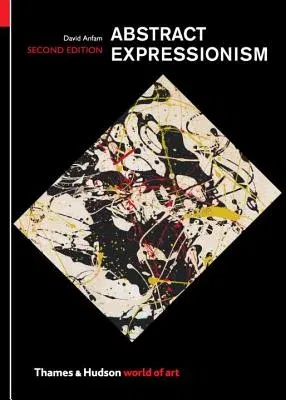David Anfam
(Author)Abstract ExpressionismPaperback, 8 September 2015

Qty
1
Turbo
Ships in 2 - 3 days
Only 3 left
Free Delivery
Cash on Delivery
15 Days
Free Returns
Secure Checkout

Part of Series
World of Art
Print Length
224 pages
Language
English
Publisher
Thames & Hudson
Date Published
8 Sep 2015
ISBN-10
0500204276
ISBN-13
9780500204276
Description
Product Details
Author:
Book Format:
Paperback
Country of Origin:
US
Date Published:
8 September 2015
Dimensions:
20.83 x
14.73 x
1.78 cm
ISBN-10:
0500204276
ISBN-13:
9780500204276
Language:
English
Pages:
224
Publisher:
Series:
Weight:
476.27 gm